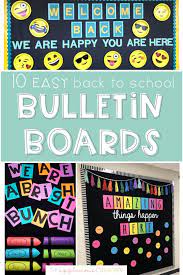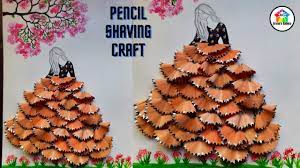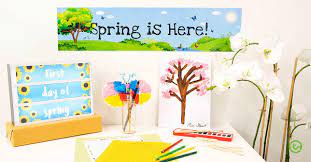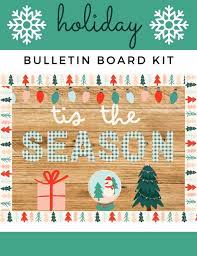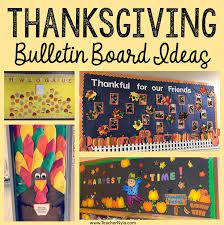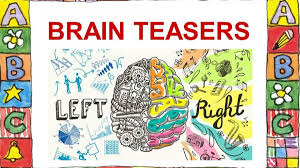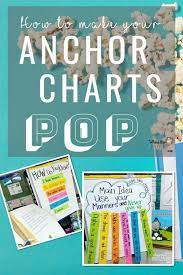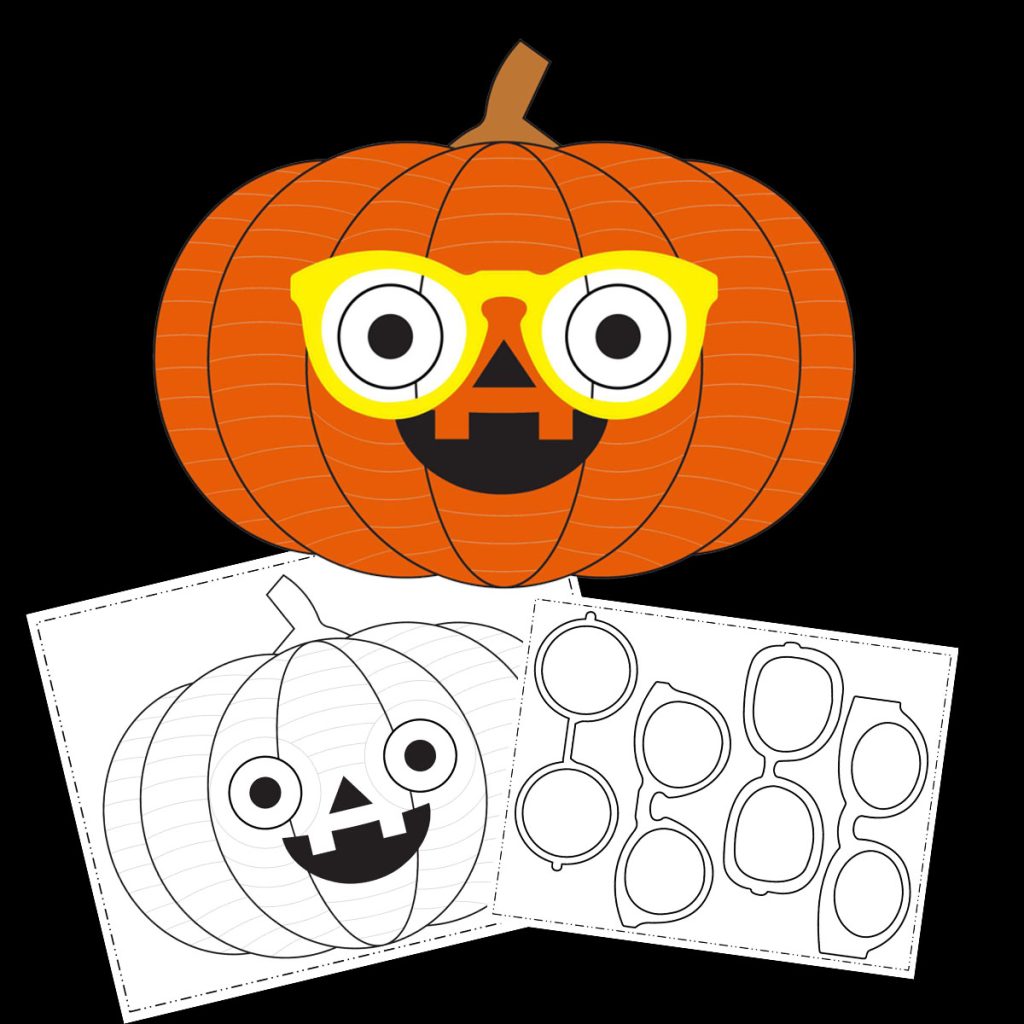Creating an engaging and informative bulletin board in your classroom doesn’t have to be a time-consuming task. Here are ten simple ideas that you can set up quickly, adding color and life to your learning environment without taking away from valuable teaching time.
1. Welcome Board: Design a welcoming entrance for your students with a colorful “Welcome” sign. Add each student’s name to the board to create a sense of belonging from day one.
2. Birthday Chart: Celebrate every student’s special day by creating a birthday chart. Divide the board into months and allow students to decorate their own birthday slot with their name and date.
3. Word of the Week: Dedicate a space on your bulletin board for vocabulary development. Update it weekly with a new word, including its definition, synonyms, antonyms, and use it in a sentence.
4. Weather Station: Set up a section where students can help record the day’s weather. Include symbols for sunshine, rain, clouds, and snow that can be easily placed on the board.
5. Classroom Jobs Chart: Foster responsibility by assigning classroom jobs to students. Place envelopes or hooks on the board and rotate name tags weekly so each child gets a turn doing different tasks.
6. Question of the Day: Post an intriguing question every day and encourage students to write their answers on sticky notes and place them on the board.
7. Reading Corner: Highlight what’s being read in class with a reading corner area on the board that features current books, author bios, and quotes.
8. Important Dates Reminder: Help students keep track of upcoming events and deadlines by listing important dates related to school activities, tests, or project due dates.
9. Inspirational Quotes: Boost classroom morale by displaying inspirational or educational quotes that change regularly to keep things fresh and motivational.
10. Student Work Showcase: Dedicate an area of your bulletin board to highlight outstanding student work, changing pieces frequently to give all students an opportunity to shine.
These simple ideas can be modified or expanded upon, depending on your class’s needs and interests. The key is keeping it interactive, current, and relevant to maintain student interest and excitement about what’s happening in the classroom!
